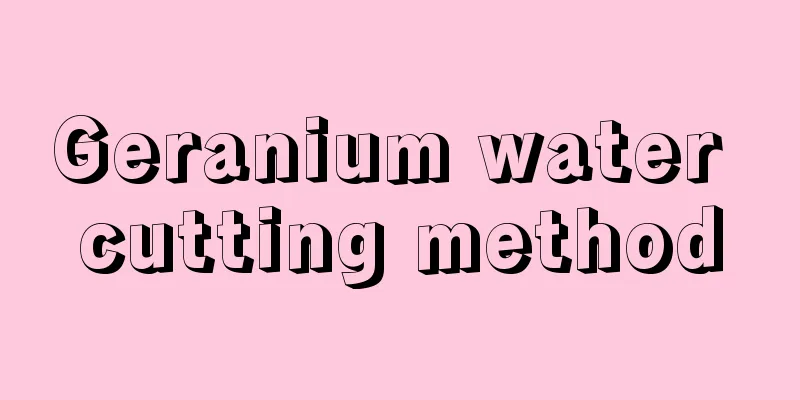How to deal with chive flowers after they wither

Post-flowering treatment of chives1. Cut off the remaining flowers The flowers of the leek will wither after September, but they bloom in batches, so before the next batch of flowers bloom, trim off the remaining flowers of the previous batch to reduce nutrient consumption and concentrate the nutrients on the growth of new buds. 2. Dig out the root bulbs After September, the flowering period of leek will end and all the flowers will wither. At this time, dig out its bulbs and transplant them into new pots, allowing it to overwinter smoothly and then sprout again in the spring of the following year. 3. Fertilization There is no need to fertilize chives after their flowering period, because their bulbs can be dug out and preserved. If you fertilize them at this time, it will lead to excess nutrition and fertilizer damage. You can water them appropriately to keep the soil moist. 4. Keep seeds The seed maturity period of leek orchid is between September and October. Since leek orchid flowers bloom one after another, the seed maturity period cannot be uniform and needs to be picked while maturing. So after the leek orchid seeds mature, they need to be placed in a shaded place with some newspapers or covered to dry. After drying, they should be packaged in kraft paper bags that are both sealed and do not accumulate water, and stored in a light-proof and ventilated place. 5. Repotting There is no need to repot the chives immediately after they wither. The best time to repot is in spring, because chives are in their peak growth period. After repotting, they can quickly adapt to the new soil environment and resume growth quickly. 6. Pruning After the leek orchid has finished blooming, some of the densely growing branches, overgrown branches, and dead branches should be pruned off. This can avoid excessive consumption of nutrients in the soil and also help to create a ventilated and breathable environment for the plant. Post-flowering care of chivesAllium likes to grow in an environment with plenty of sunlight. After the flowering period, it can be placed in a bright and well-lit location. This can promote the differentiation of flower buds and help it bloom more. However, when the temperature is too high in summer, it is best to put it in a cool place and spray water to lower the temperature. |
<<: Where is the best place to grow blood vine fruit?
>>: How to deal with lily of the valley after it withers
Recommend
Planting method of peony root tuber with buds
1. Level the land Before planting, the land must ...
The value of Cotinus coggygria
Medicinal It is a plant that can be used as medic...
Time and method of soil replacement for black pine
Time to change soil for black pine Black pine usu...
The difference between June Snow and Gypsophila paniculata
1. Differences in plants: June snow is an evergre...
Top 10 flowers to ward off evil spirits
1. Dragon bone flower Dragon bone flower is also ...
How often should I water the cotinus coggygria?
How often should I water the cotinus coggygria? G...
How many days is the growing period of lettuce?
There are four stages in the growth process of le...
How to grow four-season orange
1. Maintenance methods 1. Temperature: The cold r...
How to grow chrysanthemums in winter
1. South Because the temperature in the south is ...
The difference between pampas grass and miscanthus
1. Differences in stems The stems of cattail reed...
You spend so much money on growing flowers, but he can solve the problem with just a plastic bottle
Make a funnel As shown in the picture below, cut ...
Can Gardenia be grown indoors?
1. Can be placed Gardenia can be grown indoors. T...
Can Bird of Paradise be watered with beer?
Can Bird of Paradise be watered with beer? Bird o...
Pest and disease control of Sedum sedum
Prevention and control measures Because these pla...
Can I put asparagus fern in my bedroom?
1. Is it possible? Asparagus fern is a non-toxic ...









